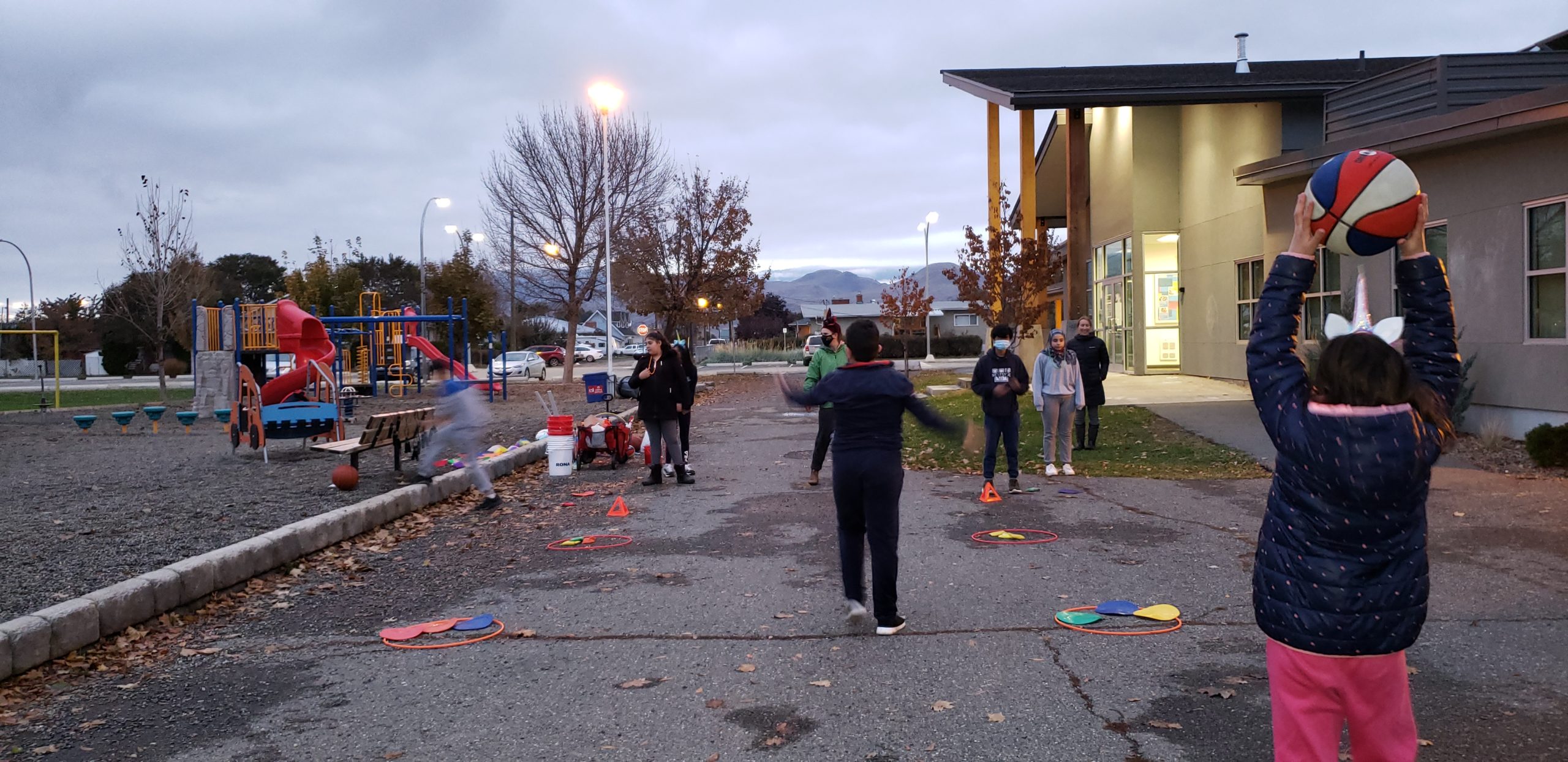PLAYKamloops reaches out to newcomers
 Of the approximately 100,000 people who live in Kamloops, around 10% are new immigrants. Of that population, 30% are in the low income bracket. So when the working group from the City of Kamloops came together with PLAYKamloops and their community partners, these numbers were on their minds. That’s when they started the Youth Sports Night for New Canadians.
Of the approximately 100,000 people who live in Kamloops, around 10% are new immigrants. Of that population, 30% are in the low income bracket. So when the working group from the City of Kamloops came together with PLAYKamloops and their community partners, these numbers were on their minds. That’s when they started the Youth Sports Night for New Canadians.
“Social connection and movement is more important than ever, especially during this pandemic. Youth Sport Night is a co-ed program for youth aged nine to 15. The need arose when our settlement worker and schools coordinator observed, and heard from parents, that some of the children didn’t have the skills, motivation, or confidence to fully participate in or after school or after-school and at the club sport level,” said Nicole Beauregard, Sport Development Coordinator for the City of Kamloops and steering committee member for PLAYKamloops.
“The parents shared that their children’s physical activity level dropped because they felt left out and they couldn’t participate.”
For many families, their routine had changed because they were doing less walking than they did in their original countries. The program was intended to be an entry point to introduce fundamental movement skills, motivation, and confidence. One of the primary objectives was building crucial social connections for youth. As they developed it, they created a framework based on inclusion, community connections, physical literacy, and sustainability.
“My favourite thing was seeing all the smiling faces on these new families as they participate and engage together, get excited about moving their bodies, and get introduced to physical literacy,” she said.
The series was a partnership with Kamloops Immigrant Services, an organization that teamed the programmers up with families from all over the city. Many of the families are from Syria. Some had just arrived while others had been residing there for a few years. For many, the culture was completely new to them — for example, some had never even heard of Halloween, and were thrilled about the candy and fun activities.
One issue the program faced was transportation to the location, as many of the participants were arriving on foot or by public transportation. Because of this, the organizers weren’t firm about start and finish times.
“By keeping it flexible we were able to be more welcoming and inclusive. We wanted it to be fun, interactive, and always left time for free play. It was important that participants were enjoying themselves and getting to experience different equipment and skills. When participants get bored there’s no lag time and coaches were trained to just adapt and change up the activity.”
To address language barriers, large signs with pictures were posted so kids knew where to line up or take a break. Short repetitive phrases and hand or body cues were used for instructions so the kids could feel increasingly comfortable with English. Sibling groups were welcome even if they were outside the program age group. Participants weren’t required to sign up through the normal online system, but rather registered through Kamloops Immigrant Services.

“We really wanted the focus to be on making new friends, meeting the different staff and slowly seeing more of that formalized sport and recreation structure. It was an opportunity to play and introduce new sports and activities. The goal was to add on to their physical literacy journey by building confidence and focusing on fundamental movement skills every session. The hope and the intent was to provide a safe space for new participants to play.”
Now that the program has wrapped up, they’ve received an additional $15,000 from the Canadian Parks and Recreation Association to enhance the program with a focus on women and girls. They’re still in the planning phases, and hope to do outreach to learn the specific needs of their target demographic, including modesty needs, translation services, and equipment, as well as introducing local social and cultural activities.
Sport for Life’s Director of Operations Kabir Hosein is pleased to see the program going ahead in Kamloops, and believes similar initiatives could be held all over the country.
“As a newcomer myself, it’s extremely gratifying to see the community make efforts to include those who may be facing cultural and language barriers, and who are struggling to transition to their new country. Hopefully this program can serve as an example to other physical literacy pioneers as we continue to mobilize these opportunities to newcomers all across Canada.”
